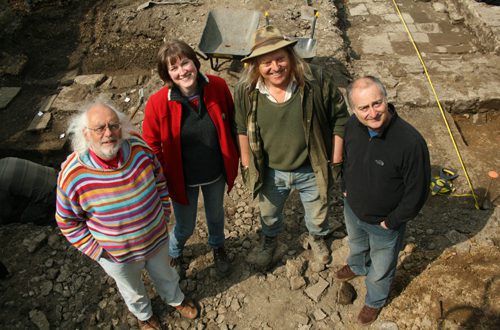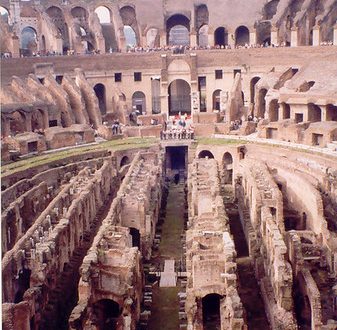The mouth of the river Thames has been the site of several Roman and Iron Age discoveries in recent weeks bringing to light evidence of early industrial activity in Britain. The structures include a fourth century Roman kiln used for processing salt water as part of the Roman salt-producing industry, as well as a Roman-era salt-house, boathouse and roundhouse.
These structures were uncovered during a series of excavations near Mucking Creek and Coryton in Essex, which are taking place before the area is prepared for the new London Gateway port Britain’s first deep-sea container port and logistics centre.
The mud flats at the mouth of the Thames were the heart of the Roman salt industry in Britain. This peaked in the first and second centuries AD, according to Katrina Anker from Oxford Archaeology, the organisation leading the dig. She told Culture24 that at that time, London would still have been in its very early stages of development: Salt would have been a very important commodity for people living in this boom location. The dig has provided a number of important finds that reveal the rich history of the area.
Salt of the Earth
Salt was essential to the Roman economy and society it was used for preserving meat and fish, for tanning and also in the omnipresent spicy fish sauce (garum). It is thought that salaries were sometimes paid, at least partially, in salt or salt tokens and the Romans built roads and ports specifically to ensure the provision and transportation of salt. The settlement of Ostia (before it became Rome’s major port) was built near salt flats, while the via Salaria the salt road stretching from Rome to the Adriatic coast of Italy was also named after the commodity transported along it.
However, rises in the level of the Mediterranean caused huge problems for the Roman salt supply because many of the salt flats were put out of action including those at Ostia. This is when salt production in Britain became more important.
Cheshire, with its brine springs, was an important salt-producing area for the Romans as it still is today for the British salt industry.
From around 80 AD, the Fenland area of Britain, including the Essex coast and the Thames estuary, became an important source of salt for the Romans, who built roads, towns and ports there. The archaeological discoveries have thrown up new evidence of this industry, which would have provided salt for use in the tanneries supplying leather goods to the Roman army in Britain.
Photo by tallpomlin.



